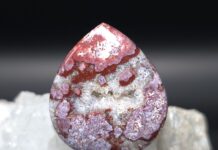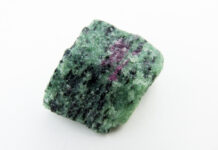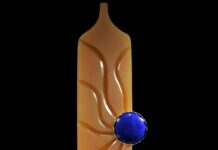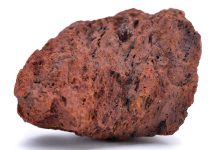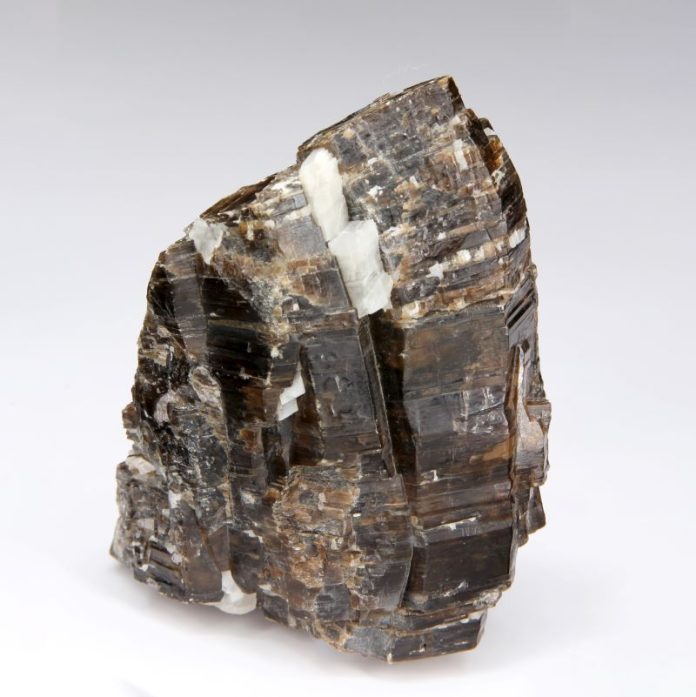
Mica is noted for its shimmering appearance and flaky fracturing that allows it to be split into thin plates. Mica is not one mineral, but rather a group of sheet silicate minerals that are known for their versatility and utility in various technological advancements.
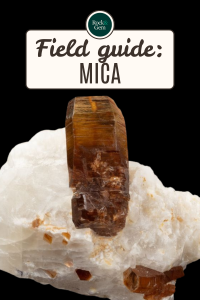
Forming Mica
Mica forms through both metamorphic and igneous processes under temperatures as high as 300°C. Metamorphic rocks such as schists and gneisses get their famous sheen because of micas, which show off the strain the rocks were under when they formed deep within the Earth. Micas contain silicon, aluminum, oxygen and hydrogen plus alkali metals such as potassium, sodium or lithium.
Where to Find Mica
Mica deposits are distributed globally. India stands out as a major source along with Brazil, Madagascar and Russia. According to UC Berkeley, “Mica was first mined in the United States in New Hampshire. After about 1870, production of mica began on a large scale in North Carolina, which now produces more dry and wet ground mica than does any other state, and the United States is the dominant world source of muscovite scrap and flake micas.”
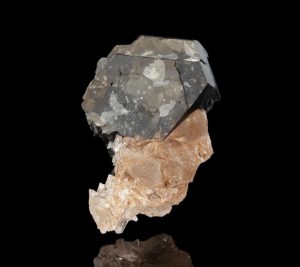
Arkenstone, iRocks.com
Mica Varieties
The most common types of mica are muscovite, biotite, phlogopite and lepidolite.
Muscovite: (Mohs hardness 2 to 2.5) This form of mica is transparent and colorless to shades of brown, green or red. It is characterized by its high potassium content.
Biotite: (Mohs hardness 2.5 to 3) Biotite contains significant iron and magnesium. Its brown-to-black hues make it easily distinguishable.
Phlogopite: (Mohs hardness 2.5 to 3) With a notable magnesium content, phlogopite appears in colors ranging from brown to yellow. It often occurs in association with ultramafic rocks.
Lepidolite: (Mohs hardness 2.5 to 4) A lithium-rich mica, lepidolite is recognized for its lilac or rose-colored appearance and is commonly found in granite pegmatites.
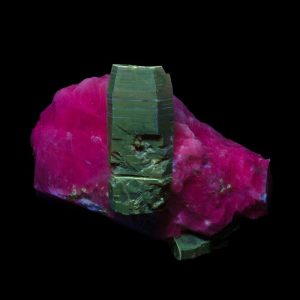
Arkenstone, iRocks.com
Useful Mica
Mica serves as an essential raw material in numerous industries. In cosmetics, muscovite adds shimmer. Biotite and phlogopite are used to make capacitors and insulators in electrical equipment. Mica is used in manufacturing heat-resistant windows, cement additives and wall coverings. It is also used in paints, coatings and automotive finishes because of its reflective properties.
Believers in crystal healing and energy work associate mica with promoting clarity, self-reflection and spiritual growth.
This story about mica previously appeared in Rock & Gem magazine. Click here to subscribe. Story by Dr. Stuart Mills and Pam Freeman.



